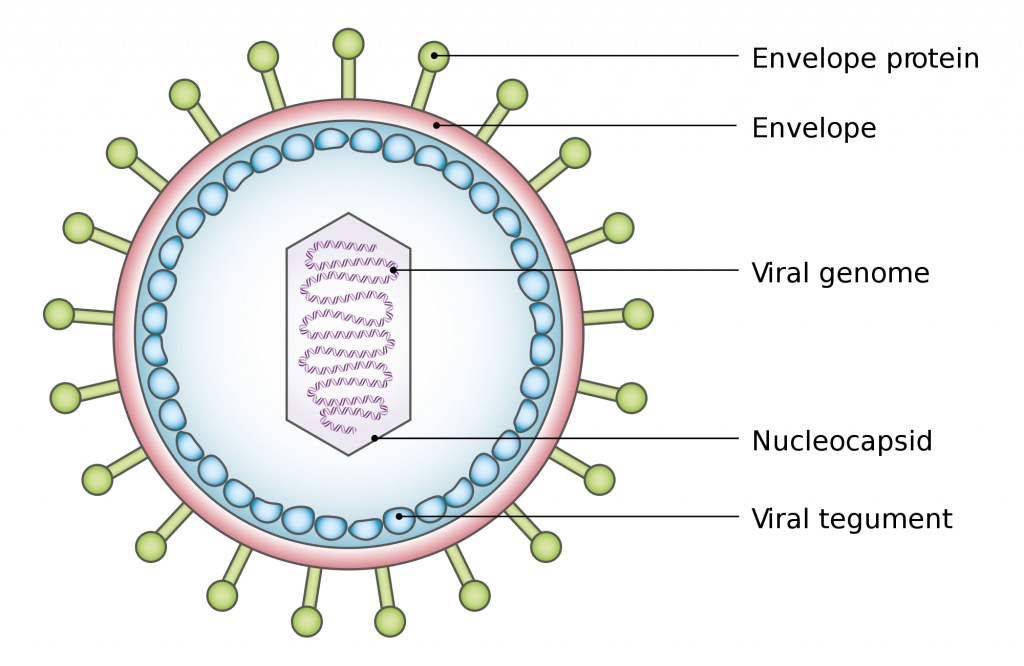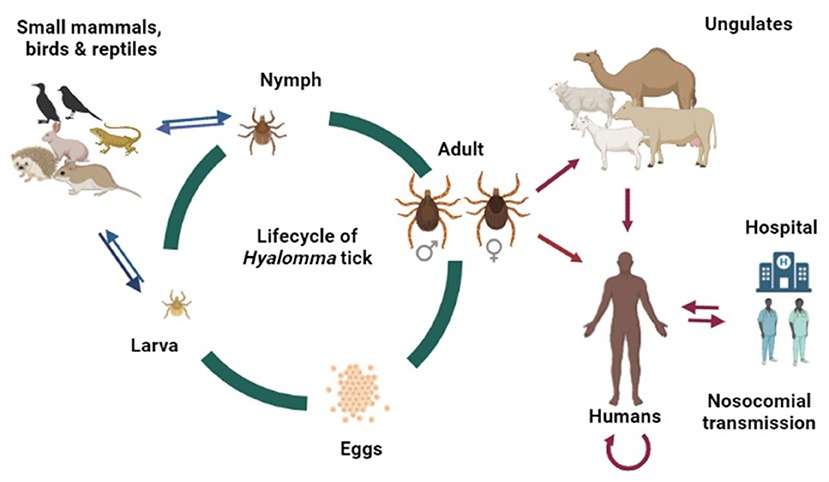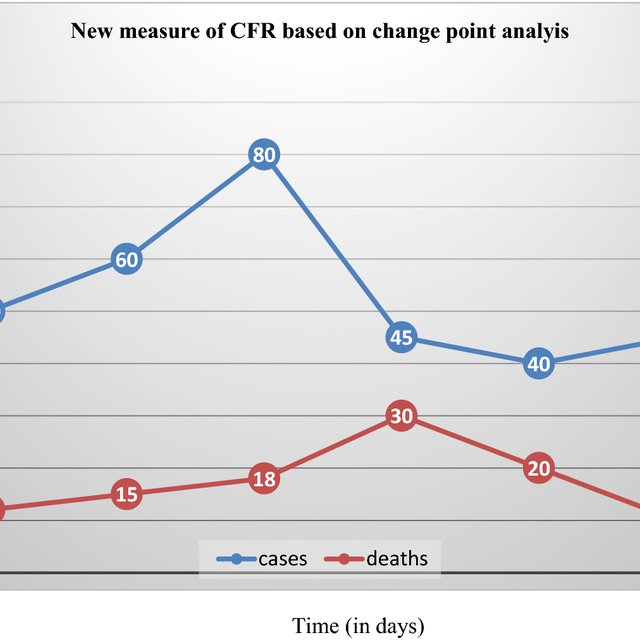Introduction
Crimean-Congo Hemorrhagic Fever Virus (CCHFV) is a deadly virus that causes a severe form of viral hemorrhagic fever in humans. It is one of the most widespread tick-borne viruses known to infect humans and is of great public health concern due to its high fatality rate, potential for outbreaks, and absence of a widely available vaccine. The disease is endemic in parts of Africa, the Middle East, Asia, and southeastern Europe. This document will take you through a comprehensive understanding of this virus, including its structure, transmission, symptoms, diagnosis, treatment, prevention, and global significance.
Table of Contents
1. What is Crimean-Congo Hemorrhagic Fever Virus?

CCHFV is a member of the Nairovirus genus in the Bunyaviridae family. It is a negative-sense, single-stranded RNA virus that causes Crimean-Congo Hemorrhagic Fever (CCHF) in humans. The virus was first recognized during an outbreak in Crimea in 1944 and was later found to be the same virus responsible for a disease in Congo in 1956 — hence the name Crimean-Congo Hemorrhagic Fever.
2. Structure of the Crimean-Congo Hemorrhagic Fever Virus
CCHFV has a spherical shape, about 80–120 nm in diameter. Like other bunyaviruses, it has a lipid envelope derived from the host cell membrane. Its genome consists of three segments:

- S (Small) segment: encodes the nucleoprotein.
- M (Medium) segment: encodes the glycoproteins (Gn and Gc).
- L (Large) segment: encodes the RNA-dependent RNA polymerase.
These segments are surrounded by a lipid envelope, and the viral proteins help the virus attach to and enter host cells.
3. Transmission of Crimean-Congo Hemorrhagic Fever Virus

A. Animal to Human Transmission
- Ticks (especially Hyalomma spp.) are the primary vectors and reservoirs of the virus.
- Humans can be infected through:
- The bite of an infected tick.
- Crushing an infected tick with bare hands.
- Contact with blood or tissues of infected animals (commonly livestock such as cattle, goats, and sheep).
B. Human to Human Transmission
- Direct contact with the blood or body fluids of an infected person.
- Nosocomial infections (hospital-acquired) through needlestick injuries, contaminated medical equipment, or exposure to infected fluids.
C. At-Risk Groups
- Farmers, butchers, and veterinarians.
- Healthcare workers.
- People in endemic regions exposed to ticks or infected animals.
4. Geographic Distribution
CCHFV is endemic in more than 30 countries across:
- Africa: South Africa, Sudan, Egypt, Mauritania, etc.
- Asia: India, Iran, Pakistan, China, etc.
- Middle East: Iraq, Saudi Arabia, UAE, etc.
- Europe: Bulgaria, Turkey, Russia, Kosovo, etc.
Its spread is associated with the distribution of Hyalomma ticks.
5. Clinical Features and Symptoms of Crimean-Congo Hemorrhagic Fever Virus
The incubation period and symptoms of CCHF vary depending on the mode of transmission.
A. Incubation Period
- Tick bite: 1–3 days (maximum 9 days)
- Contact with infected blood/tissues: 5–6 days (maximum 13 days)
B. Symptoms
- Sudden onset of symptoms:
- High fever
- Headache
- Muscle aches
- Dizziness
- Neck pain
- Sore eyes and photophobia (sensitivity to light)
- Gastrointestinal issues:
- Nausea
- Vomiting
- Diarrhea
- Abdominal pain
- Sore throat
- Hemorrhagic phase (develops in severe cases after 3–5 days):
- Petechiae (small red or purple spots)
- Bruising
- Bleeding from gums, nose, eyes, and injection sites
- Bloody stools or urine
- Neurological symptoms:
- Mood swings
- Confusion
- Aggression
- Somnolence (drowsiness)
- Severe complications:
- Liver failure
- Kidney failure
- Shock
6. Case Fatality Rate

- The case fatality rate (CFR) ranges from 10% to 40%, depending on the outbreak, healthcare infrastructure, and timing of treatment.
- Death usually occurs during the second week in fatal cases.
7. Diagnosis
Accurate and timely diagnosis is essential to contain the spread.
A. Laboratory Tests
- RT-PCR (Reverse Transcriptase Polymerase Chain Reaction): Detects viral RNA, especially in early infection.
- ELISA (Enzyme-Linked Immunosorbent Assay): Detects IgM and IgG antibodies.
- Virus isolation: In biosafety level 4 (BSL-4) labs.
B. Sample Types
- Blood samples (plasma or serum)
- Tissue samples (postmortem)
C. Precautions
Samples must be handled with strict biosafety protocols.
8. Treatment and Management of Crimean-Congo Hemorrhagic Fever Virus
There is no specific antiviral treatment approved for Crimean-Congo Hemorrhagic Fever Virus, but supportive care is crucial.
A. Supportive Therapy
- IV fluids and electrolyte balance
- Oxygen support
- Blood transfusions in case of severe bleeding
- Painkillers and antipyretics (not aspirin, as it increases bleeding risk)
B. Antiviral Use
Ribavirin: Used off-label in some cases, but evidence of effectiveness is still under debate.
C. Intensive Care
Required in severe cases with bleeding, shock, or multi-organ failure.
9. Prevention and Control
A. Personal Protection
- Avoiding tick bites:
- Wear long clothing in tick-prone areas.
- Use tick repellents (e.g., DEET).
- Perform tick checks and remove ticks safely.
B. Occupational Safety
- Healthcare workers:
- Wear gloves, masks, goggles.
- Practice universal precautions.
- Farmers and slaughterhouse workers:
- Avoid contact with animal blood.
- Use protective clothing and gloves.
C. Public Health Measures
- Isolation of patients with suspected or confirmed infection.
- Safe burial practices.
- Disinfection of contaminated areas and equipment.
- Education campaigns in endemic areas.
10. Vaccine Status
- No licensed human vaccine is available.
- Experimental vaccines are under development.
- Some countries have developed inactivated vaccines for high-risk workers but are not widely available.
11. CCHFV in Animals
- CCHFV does not cause illness in animals, but animals serve as hosts for the virus and play a major role in its transmission.
- Domestic animals such as cattle, sheep, goats, and hares develop short-term viremia.
12. Recent Outbreaks and Global Concern
A. Notable Outbreaks
- Turkey (2002–present): Thousands of confirmed cases.
- Pakistan and Afghanistan: Frequent outbreaks with high fatality.
- Africa (Sudan, Mauritania, South Africa): Endemic and sporadic outbreaks.
- India (Gujarat, Rajasthan): CCHFV detected in ticks, animals, and humans.
B. Factors Contributing to Spread
- Increased livestock trade.
- Climate change expanding tick habitats.
- Poor infection control in healthcare settings.
C. WHO Concern
CCHFV is listed as a priority pathogen by the World Health Organization due to its potential to cause epidemics and lack of effective treatment.
13. Research and Future Directions
- Development of vaccines and antiviral drugs.
- Understanding virus-tick-host dynamics.
- Genomic surveillance to monitor viral mutations.
- Strengthening laboratory and diagnostic capacity in endemic countries.
Conclusion
Crimean-Congo Hemorrhagic Fever Virus is a deadly pathogen with serious health consequences. Although the disease is rare in many parts of the world, its high fatality rate and potential for outbreaks make it a significant global concern. Prevention relies heavily on avoiding contact with ticks and infected animals, and ensuring strict infection control in healthcare settings. Research efforts are ongoing to develop effective vaccines and treatments. Raising awareness and building public health infrastructure in endemic regions are crucial for controlling the spread of this virus.
FREQUENTLY ASKED QUESTIONS
Is there a vaccine for Crimean-Congo Hemorrhagic Fever?
No licensed human vaccine is available, although research is ongoing.
How is CCHFV transmitted to humans?
Mainly through tick bites or contact with infected animal or human blood.
Can the disease spread from person to person?
Yes, especially through contact with blood or body fluids of infected individuals.
Related Finance




